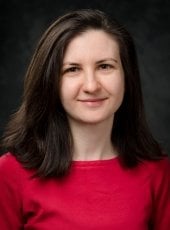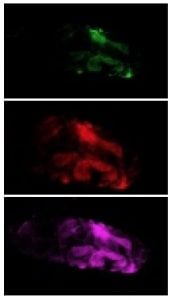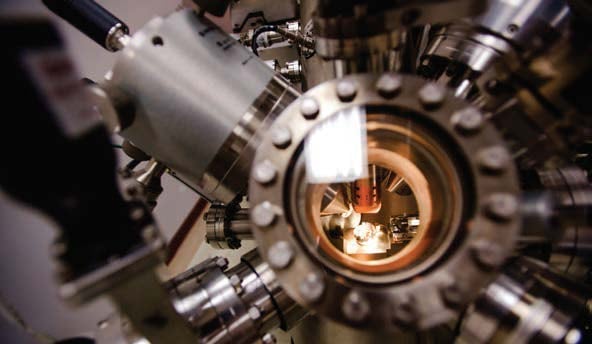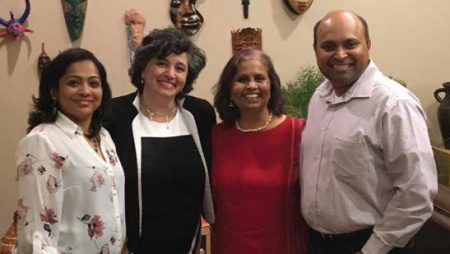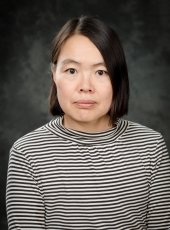
Momoko Tajiri (Chemistry/MuSTI) is the principal investigator on a project that has received a $33,597 research and development grant from the Michigan Department of Agriculture and Rural Development – Michigan Craft Beer Council.
The project is entitled, “Berries & Brews: Understanding the Market and Technological Processing Opportunities of Michigan Grown Fruit in the Craft Beverage Industry”. Jenny Apriesnig (College of Business/MuSTI), Ezequiel Medici (MEEM/MuSTI), Kazuya Tajiri (MEEM/MuSTI), Lynn Mazzoleni (Chemistry/MuSTI), and Martin Thompson (Chemistry/MuSTI) are co-PIs on this 16-month project.
